Researchers are learning to predict your chances of surviving COVID-19

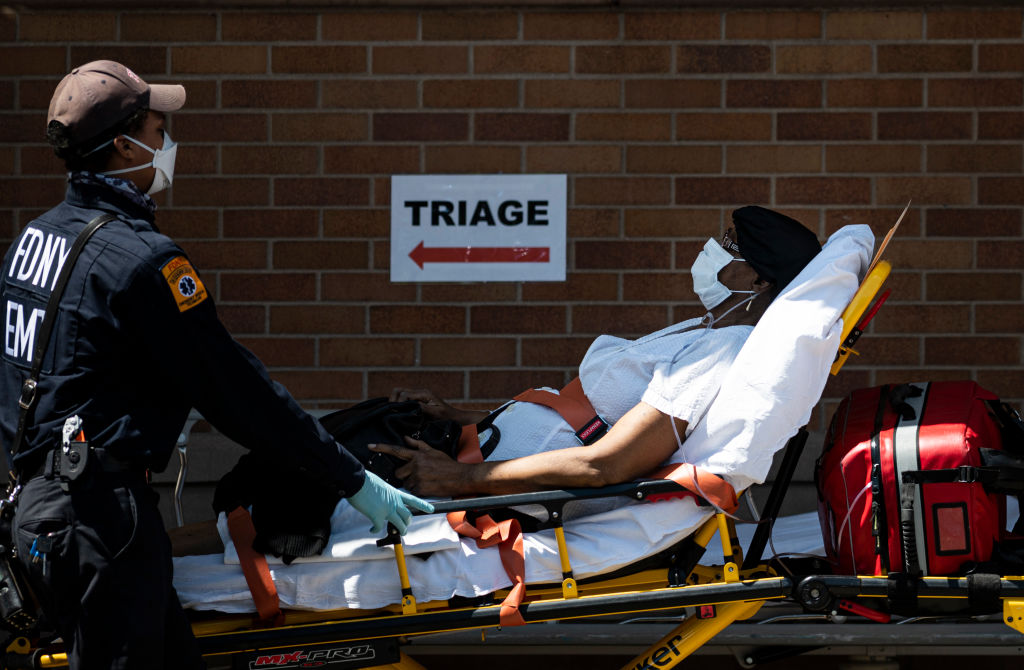
Not everybody who gets COVID-19 has symptoms, and not all symptomatic patients get equally sick. Hospitalization rates have stabilized in hard-hit areas like northern Italy and New York City, but if the next wave is even bigger and more destructive — one of three scenarios envisioned by University of Minnesota epidemiologist Michael Osterholm and his colleagues — that "would absolutely take the health system down," Osterholm told Stat News. Two studies released last week offer tools that might help hospitals better triage patients.
Researchers in China reported in the journal Nature Machine Learning that an analysis of blood samples taken from 485 coronavirus patients in Wuhan discovered there biomarkers that can predict whether a coronavirus patient will die within 10 days, with more than 90 percent accuracy, Business Insider reports. A computer model the researchers developed looks for high levels of the enzyme lactic dehydrogenase (LDH), linked to lung damage; lymphopenia, or low levels of infection-fighting white blood cells; and a rise in inflammation-signaling high-sensitivity C-reactive proteins (hs-CRP).
"In crowded hospitals, and with shortages of medical resources, this simple model can help to quickly prioritize patients, especially during a pandemic when limited healthcare resources have to be allocated," the researchers report.
The Week
Escape your echo chamber. Get the facts behind the news, plus analysis from multiple perspectives.

Sign up for The Week's Free Newsletters
From our morning news briefing to a weekly Good News Newsletter, get the best of The Week delivered directly to your inbox.
From our morning news briefing to a weekly Good News Newsletter, get the best of The Week delivered directly to your inbox.
A second paper published last week in the Journal of the American Medical Association found 10 biomarkers they said could predict a COVID-19 patient's risk levels. They turned risk predictors — high LDH levels and low levels of lymphocytes plus history of cancer, age, shortness of breath, and other factors — into a coronavirus risk "calculator."
A free daily email with the biggest news stories of the day – and the best features from TheWeek.com
Peter has worked as a news and culture writer and editor at The Week since the site's launch in 2008. He covers politics, world affairs, religion and cultural currents. His journalism career began as a copy editor at a financial newswire and has included editorial positions at The New York Times Magazine, Facts on File, and Oregon State University.
-
 Political cartoons for January 4
Political cartoons for January 4Cartoons Sunday's political cartoons include a resolution to learn a new language, and new names in Hades and on battleships
-
 The ultimate films of 2025 by genre
The ultimate films of 2025 by genreThe Week Recommends From comedies to thrillers, documentaries to animations, 2025 featured some unforgettable film moments
-
 Political cartoons for January 3
Political cartoons for January 3Cartoons Saturday's political cartoons include citizen journalists, self-reflective AI, and Donald Trump's transparency
-
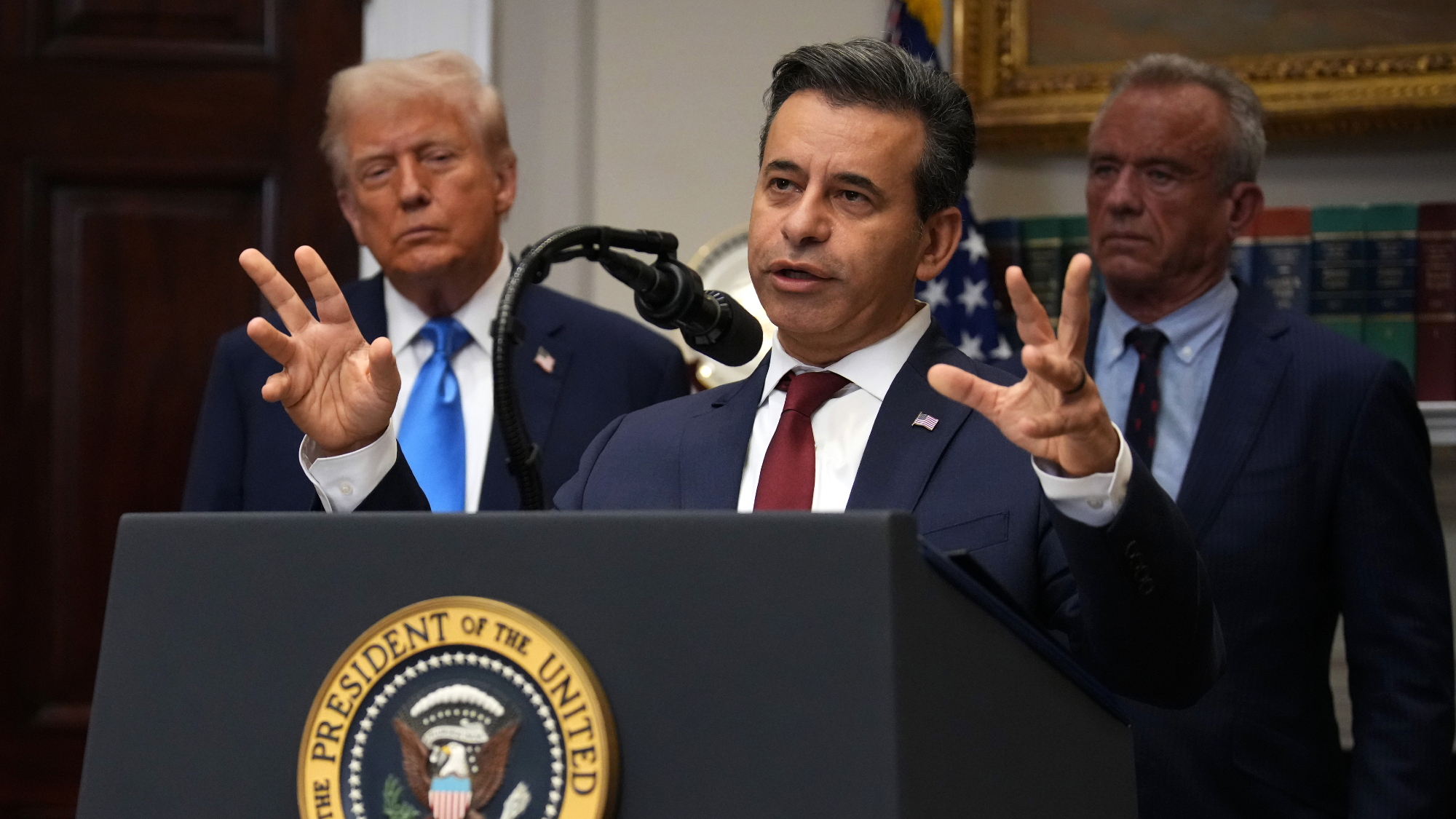 FDA OKs generic abortion pill, riling the right
FDA OKs generic abortion pill, riling the rightSpeed Read The drug in question is a generic version of mifepristone, used to carry out two-thirds of US abortions
-
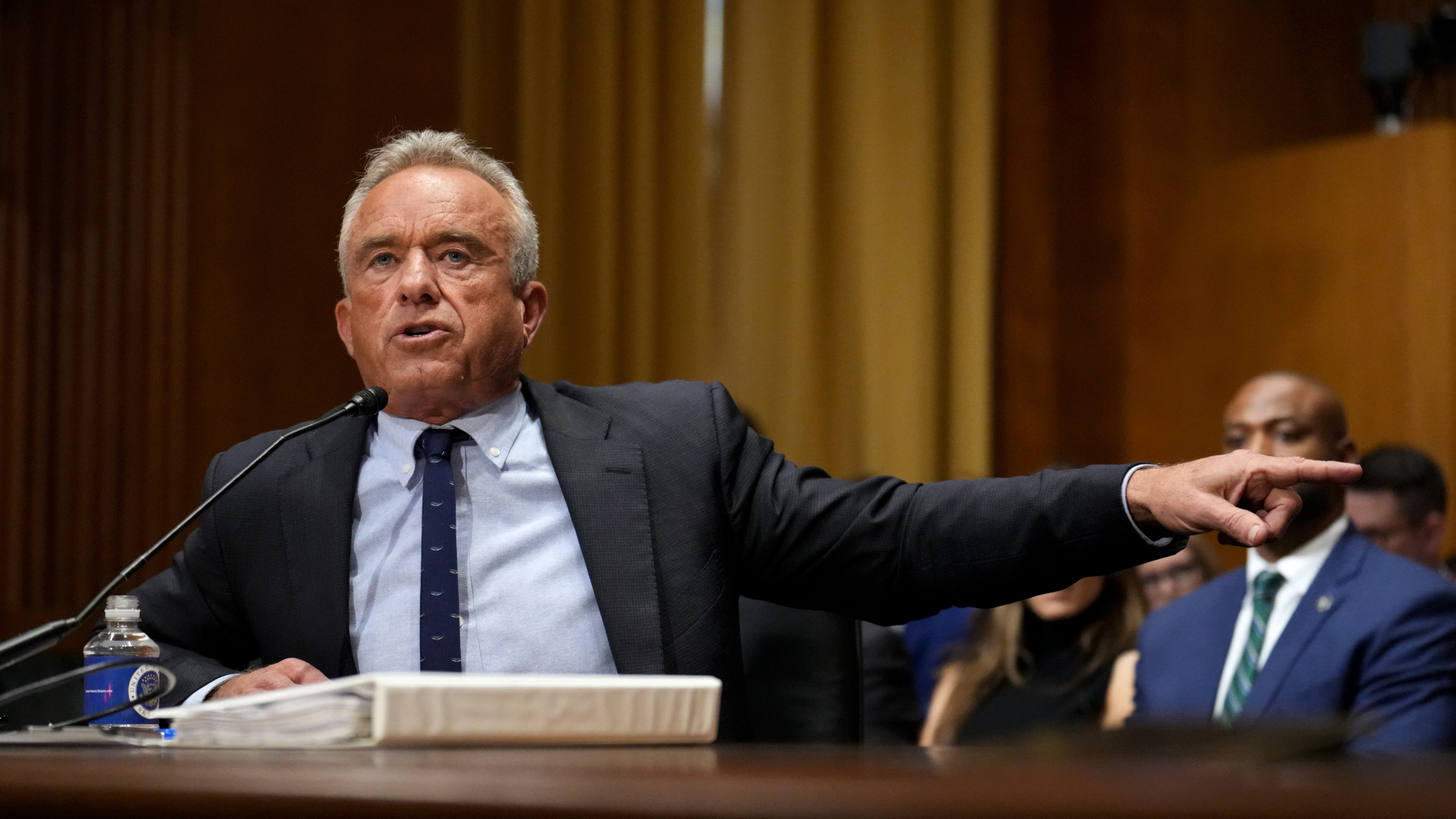 RFK Jr. vaccine panel advises restricting MMRV shot
RFK Jr. vaccine panel advises restricting MMRV shotSpeed Read The committee voted to restrict access to a childhood vaccine against chickenpox
-
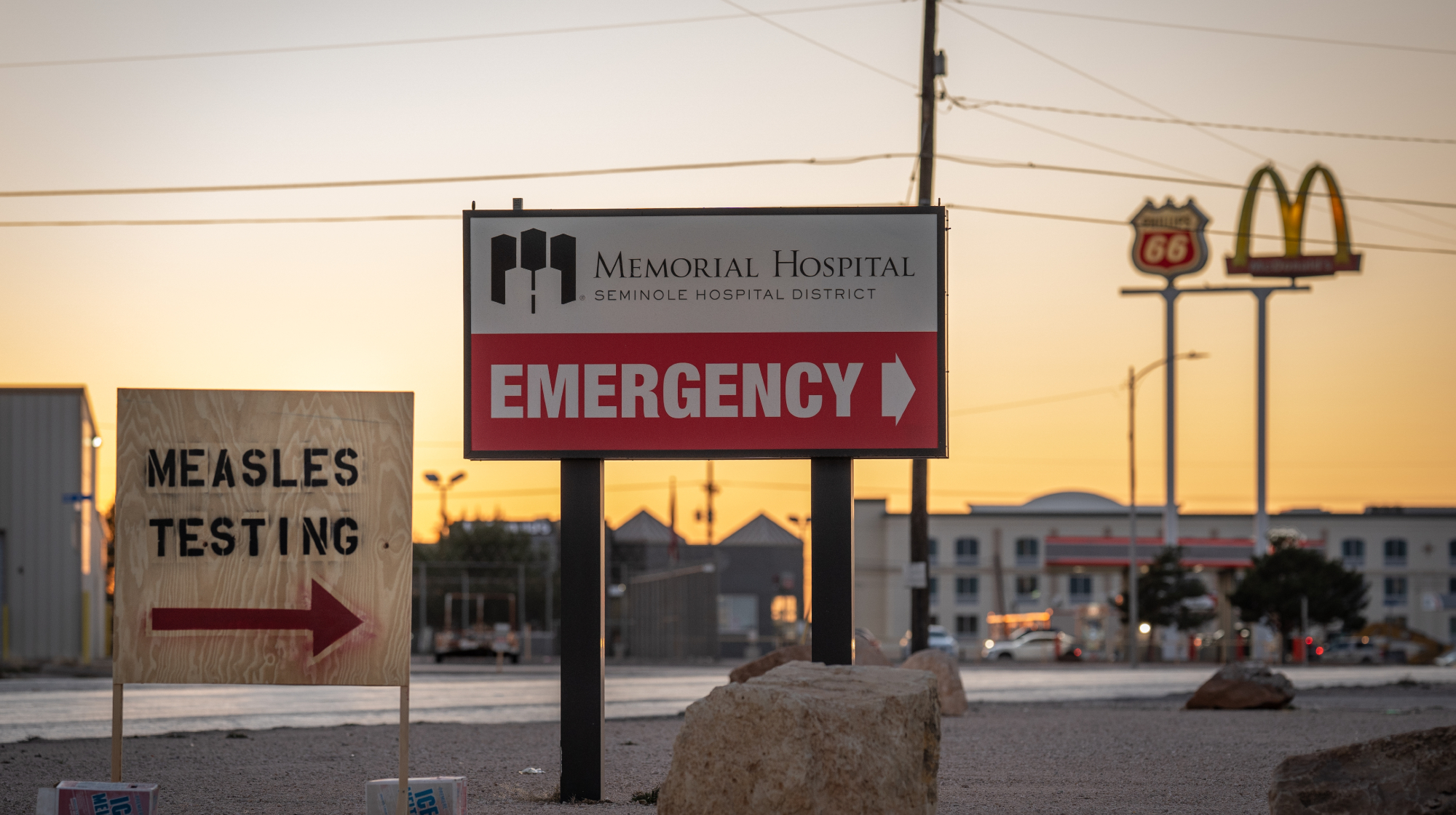 Texas declares end to measles outbreak
Texas declares end to measles outbreakSpeed Read The vaccine-preventable disease is still spreading in neighboring states, Mexico and Canada
-
 RFK Jr. shuts down mRNA vaccine funding at agency
RFK Jr. shuts down mRNA vaccine funding at agencySpeed Read The decision canceled or modified 22 projects, primarily for work on vaccines and therapeutics for respiratory viruses
-
 Measles cases surge to 33-year high
Measles cases surge to 33-year highSpeed Read The infection was declared eliminated from the US in 2000 but has seen a resurgence amid vaccine hesitancy
-
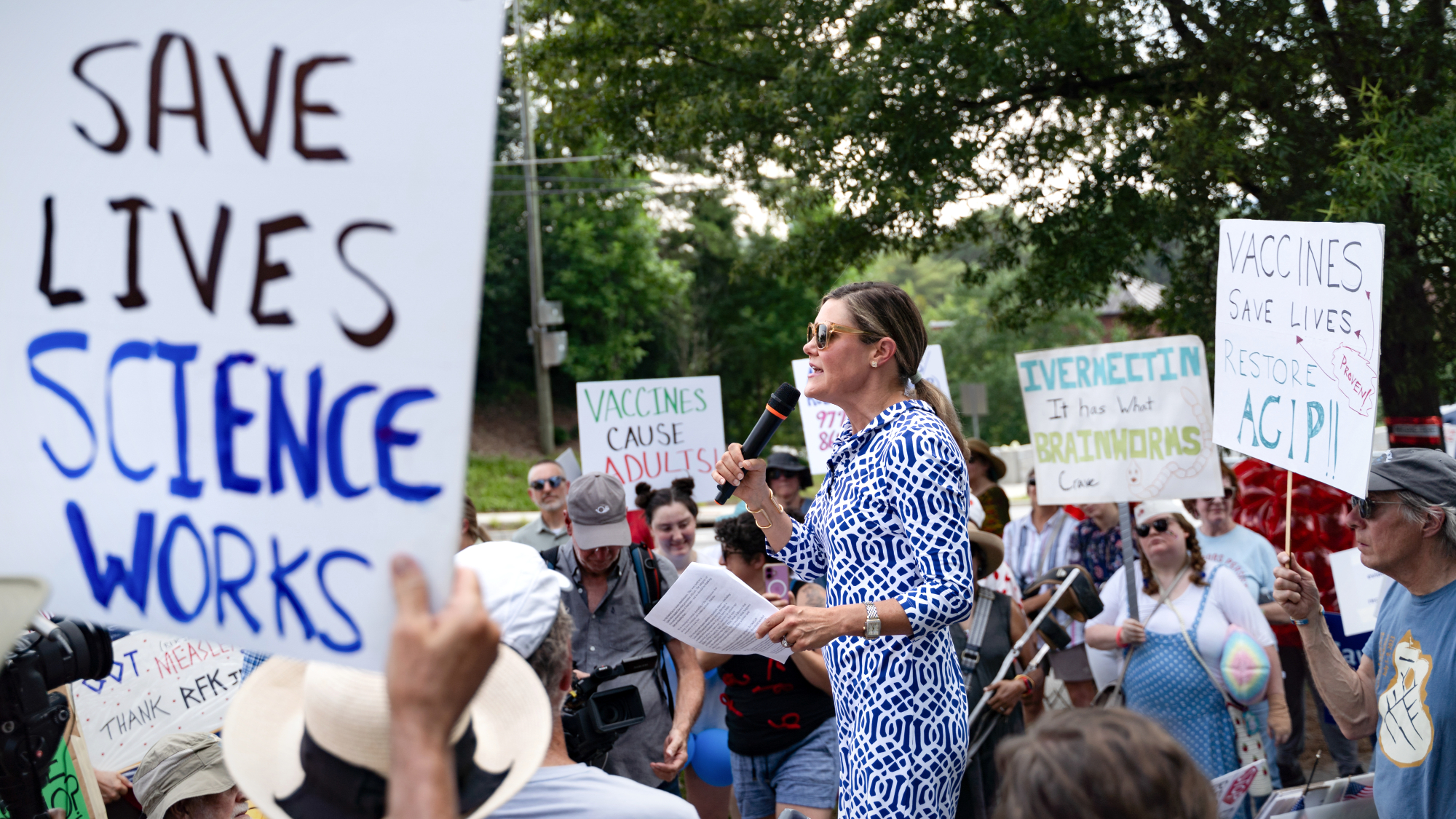 Kennedy's vaccine panel signals skepticism, change
Kennedy's vaccine panel signals skepticism, changeSpeed Read RFK Jr.'s new vaccine advisory board intends to make changes to the decades-old US immunization system
-
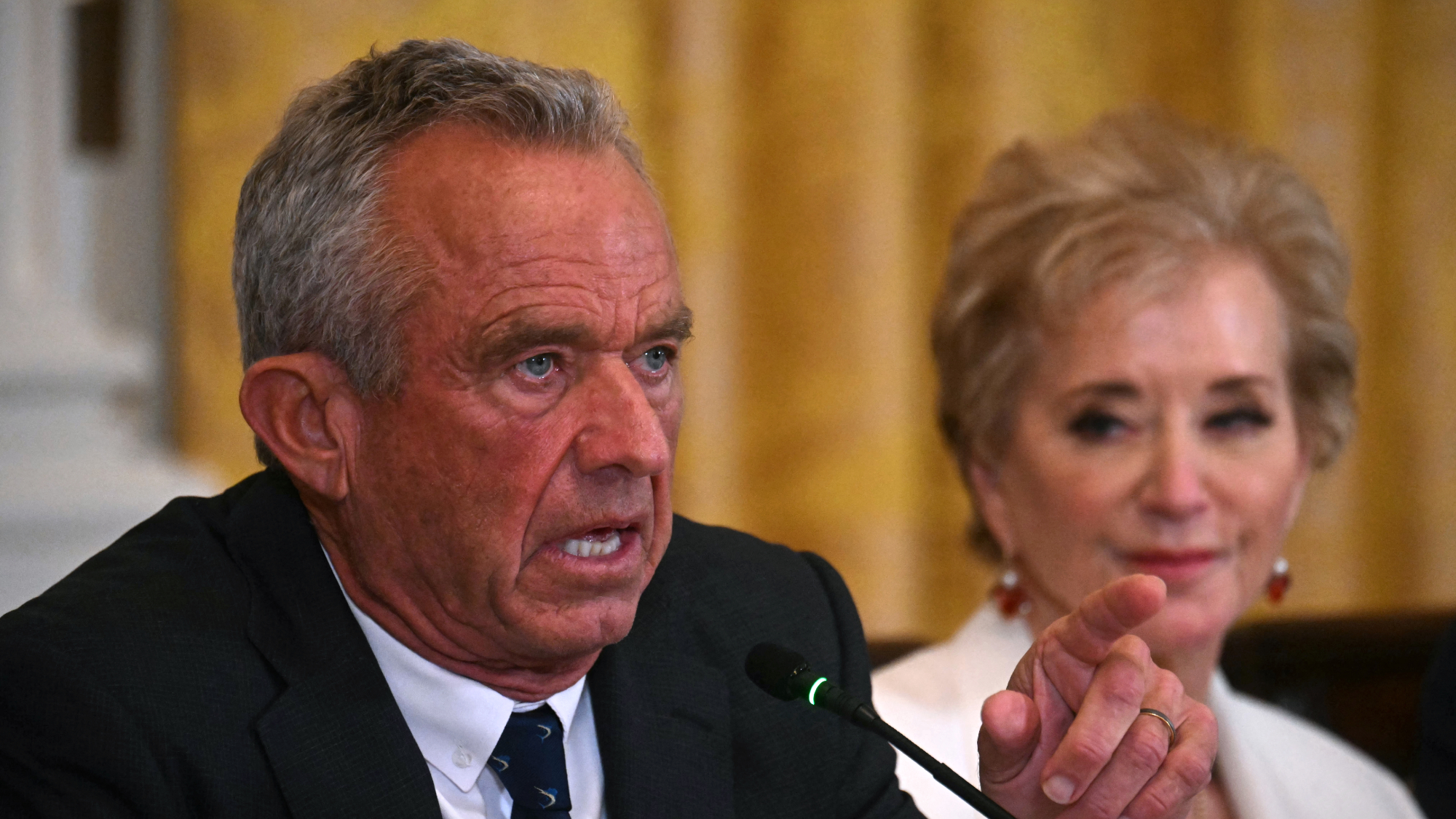 Kennedy ousts entire CDC vaccine advisory panel
Kennedy ousts entire CDC vaccine advisory panelspeed read Health Secretary RFK Jr. is a longtime anti-vaccine activist who has criticized the panel of experts
-
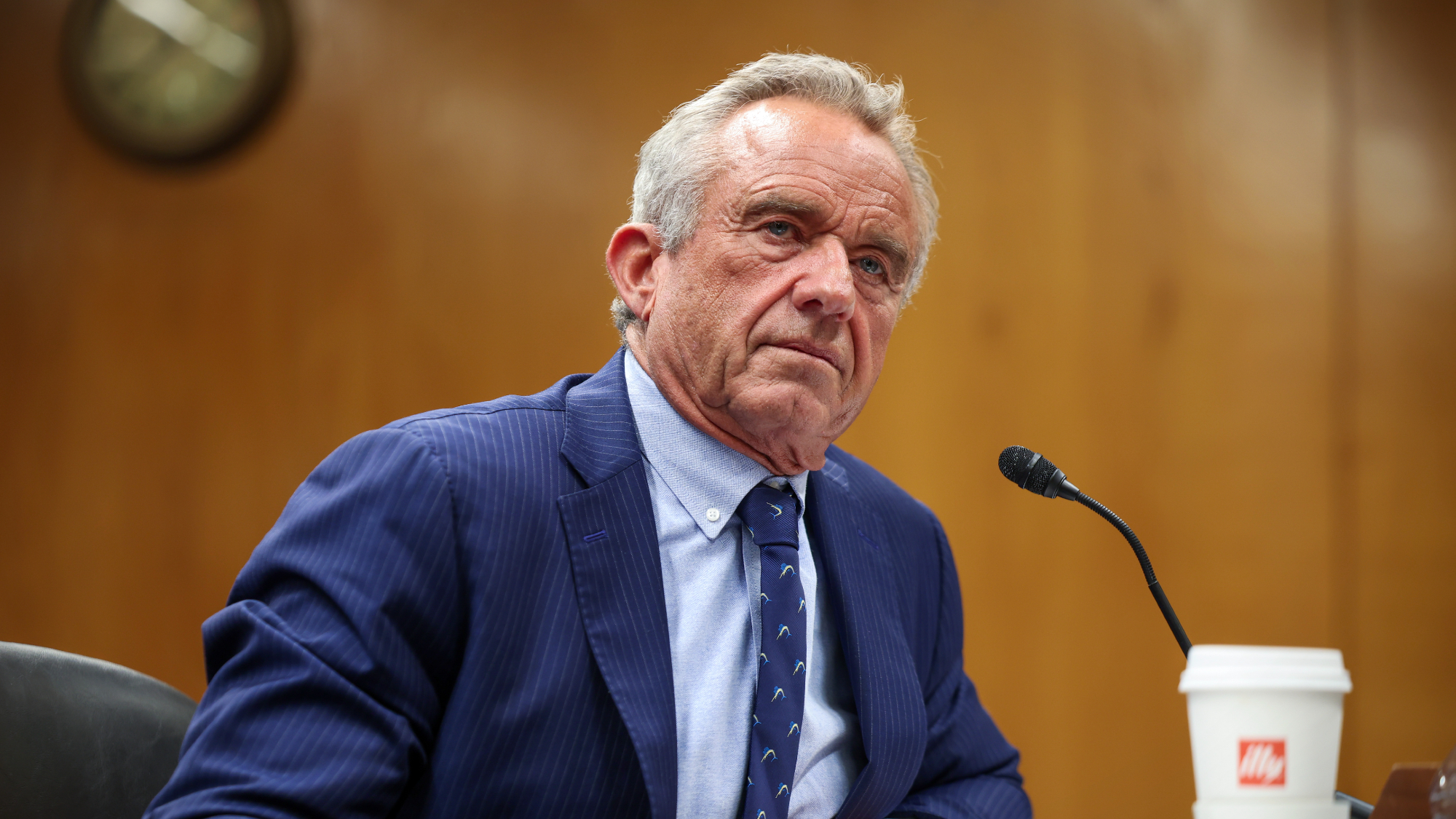 RFK Jr. scraps Covid shots for pregnant women, kids
RFK Jr. scraps Covid shots for pregnant women, kidsSpeed Read The Health Secretary announced a policy change without informing CDC officials
